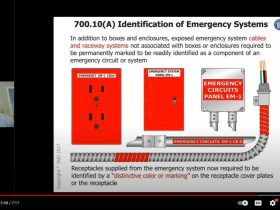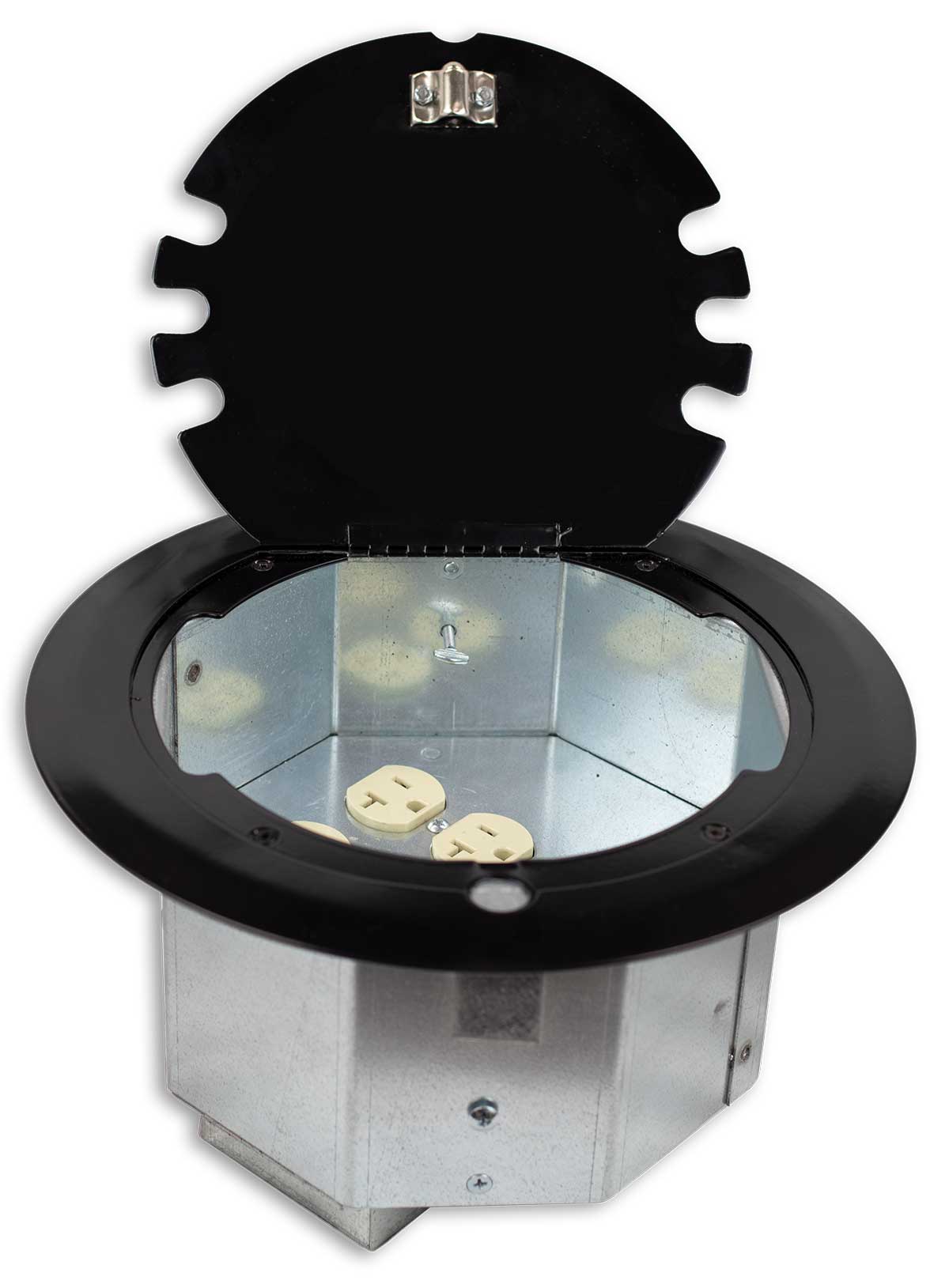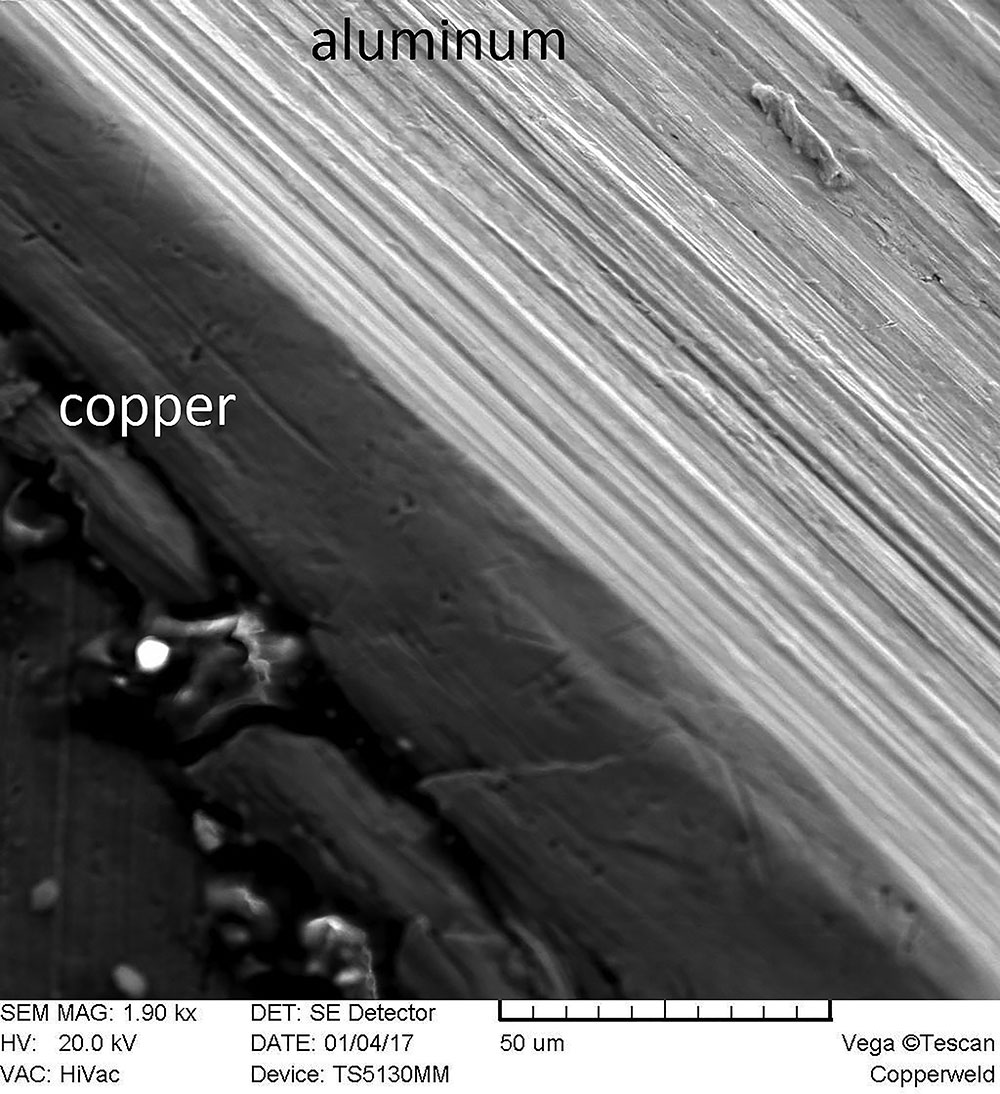The 2012 Canadian Electrical Code introduces some real changes. Many of them will be found in Sections 4 and 12 for wire and cable installations. No doubt we are already comfortable with the increased wire and cable ampacities in listed Tables 1 to 4. But there is more. This article discusses some of the more significant changes in these two sections of the CEC.
Rule 4-006 is spanking new. It’s a big adjustment that will make everyone stop and think twice. For the first time, the CEC requires that when electrical equipment is marked with maximum conductor temperatures, conductor ampacities must be based on the corresponding columns in Tables 1 to 4. Where equipment is unmarked, the 90º C temperature ratings can apply. If for example, a circuit-breaker has a maximum 75º C marking the connected conductor ampacity will be based on the ampacities shown in the 75º C column. And don’t forget, this requirement applies at both ends of the cable.
Rule 4-024 deals with minimum neutral conductor sizes. We are well aware that computers and other non-linear loads produce harmonic currents that impose additional loads on the neutrals of 3-phase, 4-wire systems. Engineers and designers have for ever and a day taken steps to ensure that electrical system neutrals are adequately sized, and therefore not overloaded. This issue is now recognized by Rule 4-024(2)(a)(ii) by the following amendment: “there shall be no reduction in the size of the neutral for that portion of the load that consists of non-lineal loads supplied from a 3-phase, 4-wire system.” There are other ways of fixing this problem but this change serves notice that the problem needs fixing and provides minimum requirements for shared neutrals.
Earlier versions of Rule 12-510(3) have long permitted fishing non-metallic sheathed cable through concealed spaces. A change to this rule adds some new restrictions — for obvious reasons, fishing is now no longer permitted where metal cladding, joists or plates are within the walls.
A new requirement, Rule 12-510(4) specifies that when receptacles or switches come complete with approved integral outlet boxes (separate outlet boxes not required) and an internal clamp, cables must be supported within 300 mm of the wall opening and there must be a minimum 300 mm loop of cable or 150 mm of cable end left in the wall to permit replacement. This ensures that should there be a failure, there will be enough cable remaining for reconnecting a new receptacle or switch.
There is also a series of new rules for installing armoured, jacketed cables in conduit or tubing. This narrative begins with Rule 12-602(6) which confirms that such installations are permissible. It takes us to Rule 12-614(3) which provides minimum bending radii for armoured, jacketed cable in conduit or tubing as follows:
- 10.5 x cable diameter for low voltage cables;
- 18 x cable diameter for high voltage cables; or
- as specified by cable manufacturers
This lengthy tale reaches its conclusion with Rule 12-902(2) which says — to avoid damage, one of two following conditions must be met:
1) The cable length must not exceed the calculated cable pulling tension; or
2) The conduit or tubing must not have more than two 90-degree bends between draw points and a minimum cable radius of .944 mm for cables up to 1000 V and 1.524 mm for cables over 1000 V with maximum cable lengths of:
- 15 m for 3-conductor copper;
- 45 m for single-conductor copper;
- 35 m for 3-conductor aluminum; or
- 100 m for single-conductor aluminum
As with previous articles, you should always consult with the electrical inspection authority in each province or territory for a more precise interpretation of any of the above.










Find Us on Socials